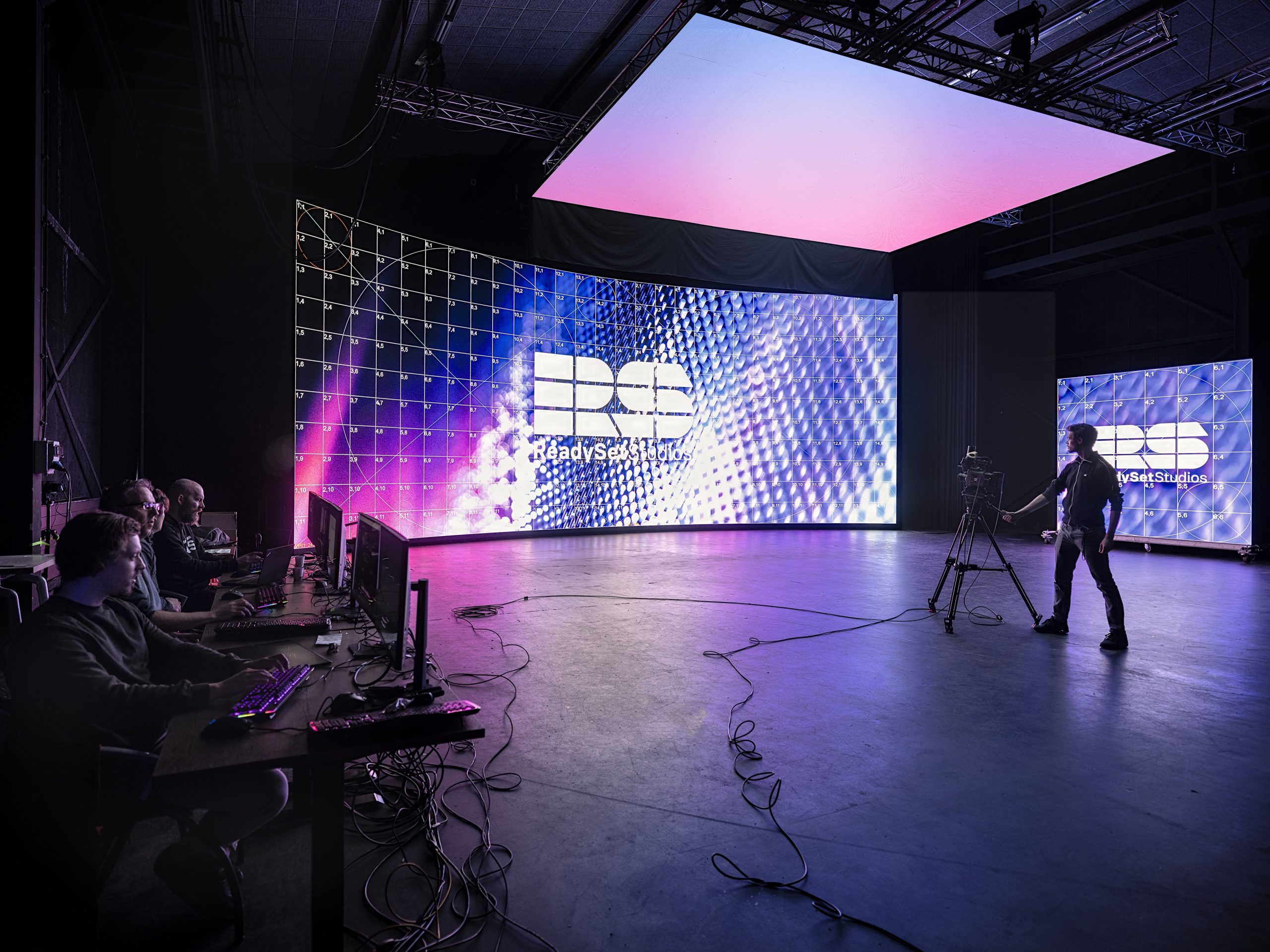Investigating the Durability of Light Emitting Diode Wall Panels in Contrast to Traditional Screen Methods
Investigating the Durability of Light Emitting Diode Wall Panels in Contrast to Traditional Screen Methods
Blog Article
LED wall screens have become increasingly favored in recent times, particularly in settings like schools, corporate spaces, and community areas. These panels use LED diodes (LEDs) to create bright and vibrant images. One of the most notable benefits of LED technology is its durability in contrast to traditional display technologies, such as cathode tube monitors (CRTs) and liquid display displays. Grasping the distinctions in duration and performance between these options can help buyers make informed decisions about their display needs.
Classic display methods, like CRTs, have been present for many years. They were frequently used in televisions and computer screens. However, CRTs have a shorter lifespan, typically lasting around 10,000 to 20,000 hours of operation. This means that after a couple years, consumers may notice a deterioration in picture clarity, such as fading or color deformation. In contrast, LED panel screens can last significantly longer, frequently exceeding 50,000 hours. This prolonged duration means that users can experience reliable performance without the requirement for regular substitutions.
Another important aspect to take into account is power efficiency. LED panel panels utilize less power than traditional screens, which not only helps the environment but also lowers power costs. For instance, while a CRT screen may use around 100 W of energy, an LED screen can consume as few as 30 to 50 watts. This difference in power usage contributes to the total longevity of LED technology, as reduced energy usage generates less thermal energy. Excess heat can harm electrical parts, leading to a reduced lifespan for conventional screens.
In addition to their longer duration and power conservation, LED wall screens also provide enhanced image quality. They provide brighter hues and improved contrast, making them perfect for various applications, from marketing to learning presentations. The technology behind LED panels enables for a broader viewing angle, meaning that visuals stay sharp and lively even when seen from the flank. This is a major advantage over traditional screens, which often experience from color deformation and reduced luminosity at broader perspectives.
In summary, the durability of LED wall panels compared to conventional screen methods is a crucial factor for consumers to take into account. With lifespans that can exceed 50,000 hours, energy conservation, and enhanced navigate to this web-site visual clarity, LED innovation offers many advantages. As technology continues to progress, LED panel screens are likely to become even more common in various environments. Understanding these distinctions can assist people and entities make better choices when investing in display technology, guaranteeing they get the optimal worth for their requirements.